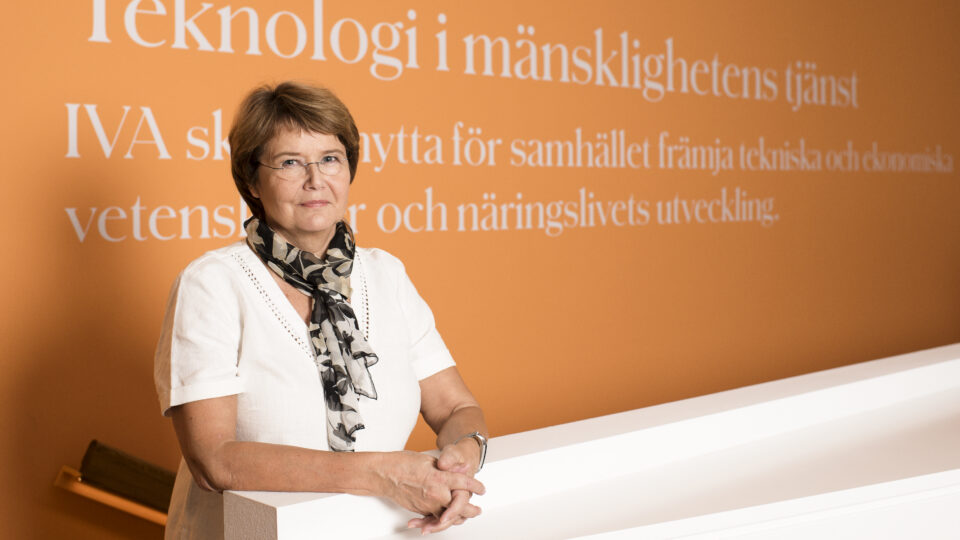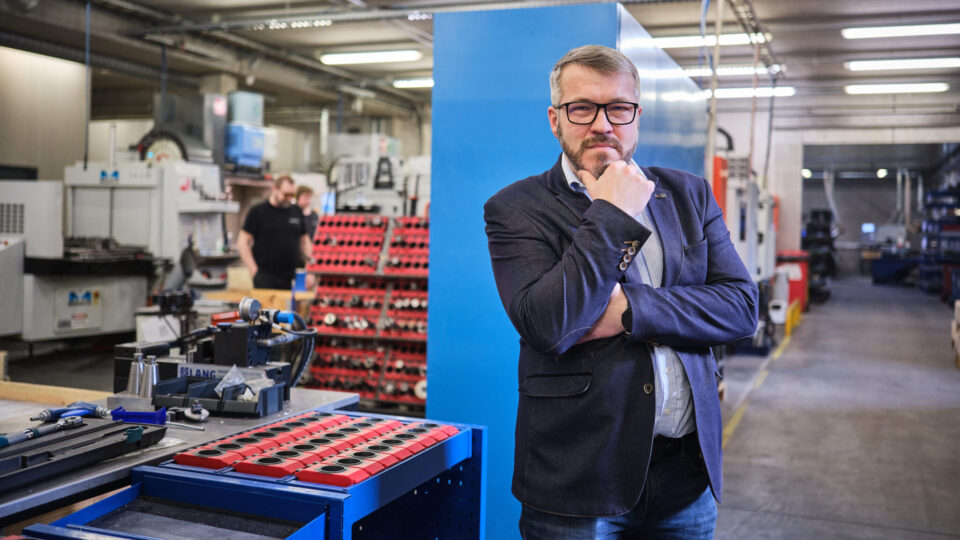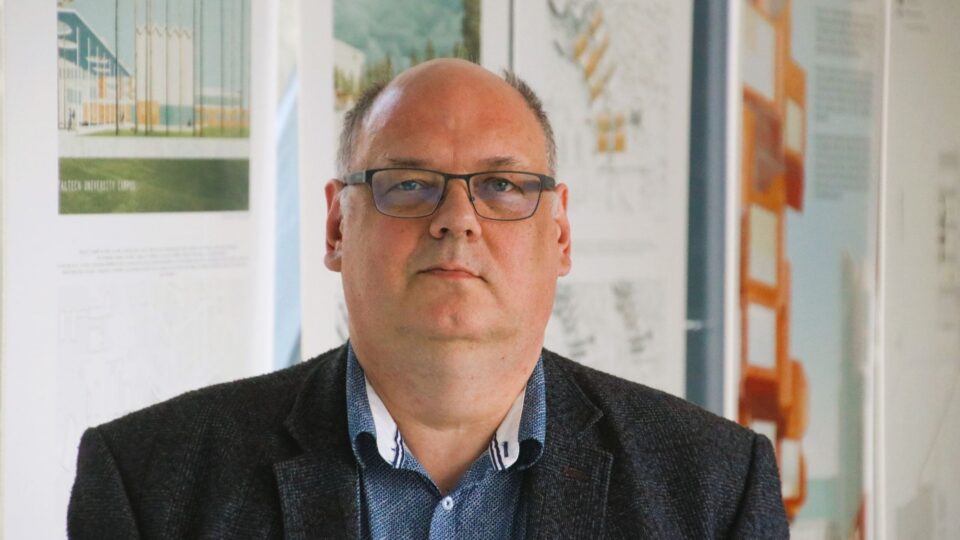Estonia’s future largely depends on how well we can apply new technologies developed domestically or internationally and create a science-based economy. Natural resources are scarce, so human intelligence is our most valuable natural asset, and we must be able to utilize it. In this regard, Tallinn University of Technology has a central role for Estonia.
This role is to be a leader in applied sciences, bring scientific results into the industry, and be an expert capable of assessing technologies from abroad and their benefits to the Estonian economy. Tallinn University of Technology has not fully fulfilled this function.
Applied science is generally born from fundamental research, so we must emphasize developing applied sciences, though not at the expense of basic research. All leading technical universities in Europe and the United States have strong fundamental research programs. Radical innovations that create entirely new industries and service sectors primarily originate from basic research. A good example of this is the emergence of genetic engineering, which quickly gave rise to the biotechnology industry. The global biotechnology market was valued at $1.38 trillion in 2023, $1.55 trillion in 2024, and is expected to reach approximately $4.61 trillion by 2034, growing at an annual rate of 11.5%.
On a broader scale, one of the historical obstacles has been that the Estonian government, particularly in the first decade of independence, treated Tallinn University of Technology as a secondary priority compared to the University of Tartu. Leading European nations support their top technical universities almost as much as their top comprehensive universities, whereas, in Estonia, the funding is only half as much.
Secondly, Estonia’s Research and Development Activities Organisation Act strongly emphasizes fundamental research. As a result, we have achieved a reasonably high level of basic research, but applied research has been neglected. It is time to correct this because we are in a long and deep economic crisis, and until we invest in high technology, high-tech companies, and applied research, nothing will improve. However, it is encouraging that the Estonian Parliament is currently discussing a new law, TAIKS (Law on the organization of research, development, and innovation, which is expected to resolve many legal obstacles.
Leading European nations support their top technical universities almost as much as their top comprehensive universities, whereas, in Estonia, the funding is only half as much.
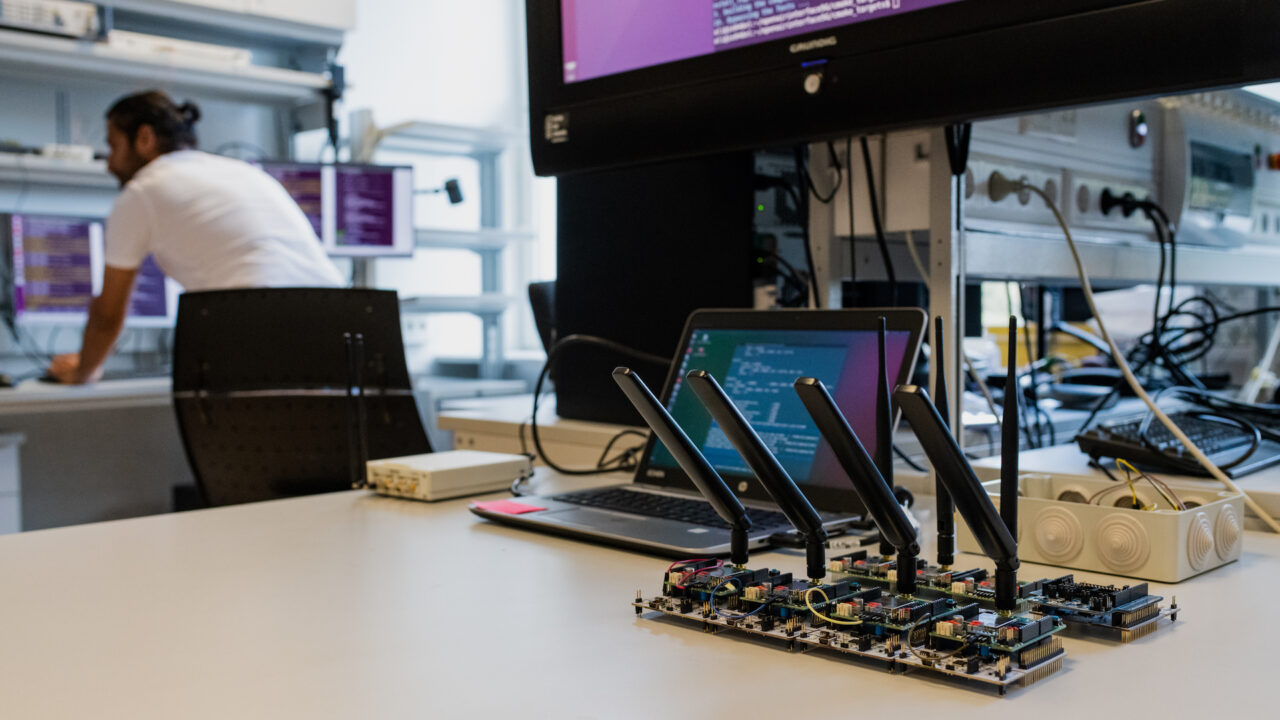
5G IT Lab at TalTech | Photo: TalTech
More Patents
Technology has always played a crucial role in economic development, and in recent decades, its impact has grown even further. Technological advancements have created new industries and products while also increasing the productivity and efficiency of existing industries.
Every euro invested in science and development yields a 14% return annually. Finland and many other countries have recognized this. In 2023, Finland took out government loans to promote science and research despite its national debt standing at 75% of GDP. Starting in 2024, an additional €260 million will be allocated annually to science and research, increasing Finland’s government support for research and development from €2 billion to €4 billion over ten years. So far, half of the funding has gone to fundamental research and half to applied research, but now the plan is to increase the share of applied research.
It is important to note that applied research includes development work carried out in companies, whether in collaboration with universities or independently. I dare to quote my Danish friend, a former CEO of Carlsberg: “Most of the applied research that are conducted in Danish universities, can be classified as unapplicable applied research.” Most researchers do not know what kind of applications the industry needs. The exception is so-called radical innovations, but these occur rarely.
The fact is that without patents, there is no modern high-tech industry. Tallinn University of Technology and Estonia as a whole patent far too little. Since patents are based on inventions, this might suggest that TalTech’s researchers have not created much innovation. However, I believe this is inaccurate—many significant innovations remain unpatented.
As a first step, awareness of patenting and licensing should be increased, as there are still professors who believe that patenting hinders scientific work or that inventions in their field cannot be patented. Artificial intelligence patents are among the fastest-growing patent fields. Thanks to TalTech’s new Vice-Rector for Entrepreneurship [Erik Puura], things in the university are moving in the right direction.
Most research conducted at Tallinn University of Technology, the University of Tartu, or even the University of Helsinki that I work with is not applicable in the respective country, simply because the industry for such applications does not exist in Estonia or Finland. But how many license agreements does TalTech have with foreign companies? Last year, the university’s total licensing revenue was significantly lower than my lab’s, and something is clearly wrong here.
Without patents, there is no modern high-tech industry.
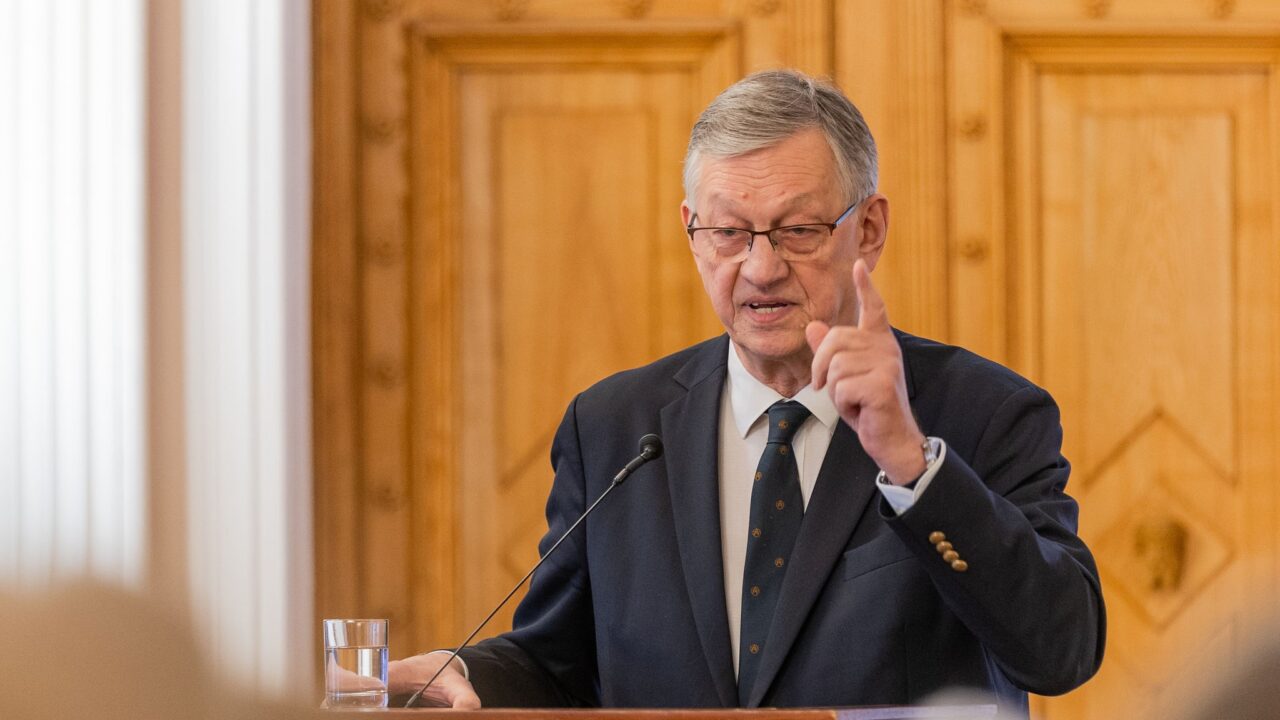
Mart Saarma | Foto: TalTech
Attracting Top Scientists
It is concerning that, although TalTech is arguably one of the best technical universities among former socialist countries in terms of scientific level, it still falls behind leading European technical universities and the University of Tartu.
One reason is that too few young PhD graduates pursue postdoctoral positions in leading international universities and companies conducting high-level research. The postdoctoral period is when a scientist truly becomes independent. In leading European or American universities, it is impossible to become a professor without spending 3 to 4 years in a top laboratory, publishing groundbreaking research as a postdoc. This is not the case in Estonia. We must establish a culture because going abroad brings new ideas, enabling us to get new technologies and brilliant minds back to Estonia. This has a long-lasting and significant impact.
Secondly, universities should aim to recruit not only the best from Estonia but also the best internationally. Instead of hiring two mediocre researchers, it might be wiser to hire one top-tier expert. Tenure-track positions have been introduced to support this, but there are several cases where researchers with European Research Council (ERC) grants have declined offers from TalTech. However, a top scientist can bring millions of euros in research funding annually.
Attracting top researchers to Tallinn requires an active approach: personal invitations, precise offers, and explanations of opportunities–they will not come simply because a job ad was posted. One significant incentive for attracting top scientists could be the Estonian salary system, which, unlike in Finland, allows university researchers to supplement their base salary with additional income from secured grants. This offers successful grant applicants a substantial increase in personal earnings.
Currently, an Estonian PhD graduate has minimal career options–in most cases, the only path is to stay in academia. However, I know from my students that many want to work in industry. We must create more science-based high-tech companies or attract them from abroad. Ericsson has a research and development presence in Estonia, but it is too limited. At the same time, I understand that geography and politics play a role: in the past, Estonia’s proximity to Russia was an economic advantage; now, it is a risk.
University funding must be significantly increased through competitive funding–contracts with large European and American companies, ERC grants, and international philanthropic foundations. There are enough administrators on the university payroll who should identify all possible funding opportunities and introduce them to scientists. Additionally, researchers need training in grant writing. It is encouraging that TalTech researchers have already received funding and training information, but this knowledge-sharing can be expanded and improved.
In conclusion, we have opportunities. The university should take innovation seriously. Professors and researchers must understand that, besides fundamental research, efforts should be made to apply their findings. Academic careers should not only be evaluated based on journal publications but also on patents, licenses, and startup companies. Additionally, scientists must be supported in securing funding and encouraged to pursue postdoctoral research in top laboratories.
Of course, this is easy to suggest and much harder to implement, but it is the only way forward. As a small country, Estonia cannot compete with sheer numbers but only with quality–in both science and industry. Ultimately, top researchers seek an academic environment that attracts and retains them.
As a small country, Estonia cannot compete with sheer numbers but only with quality–in both science and industry.


